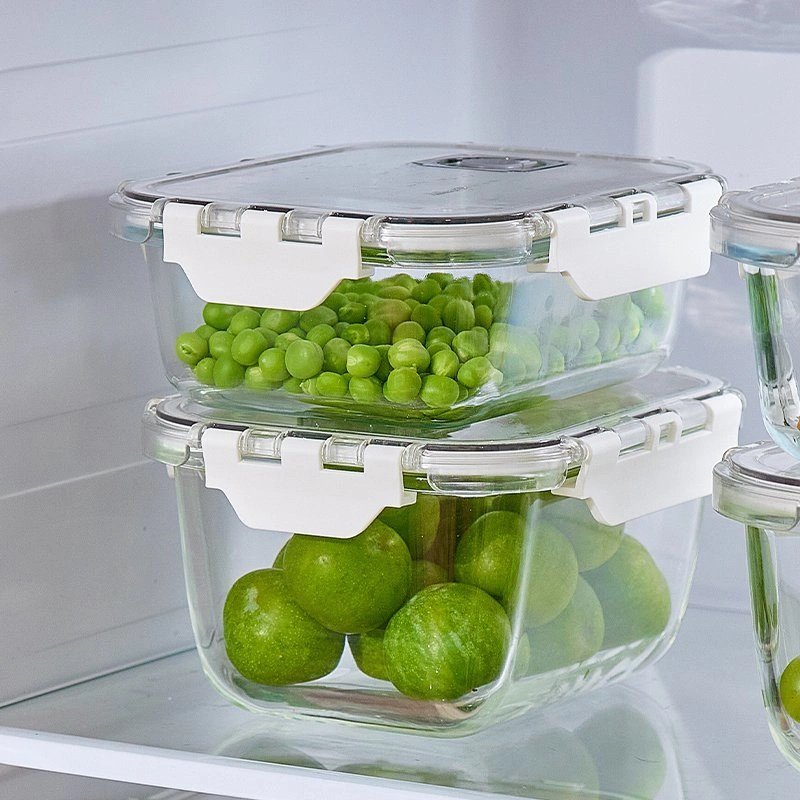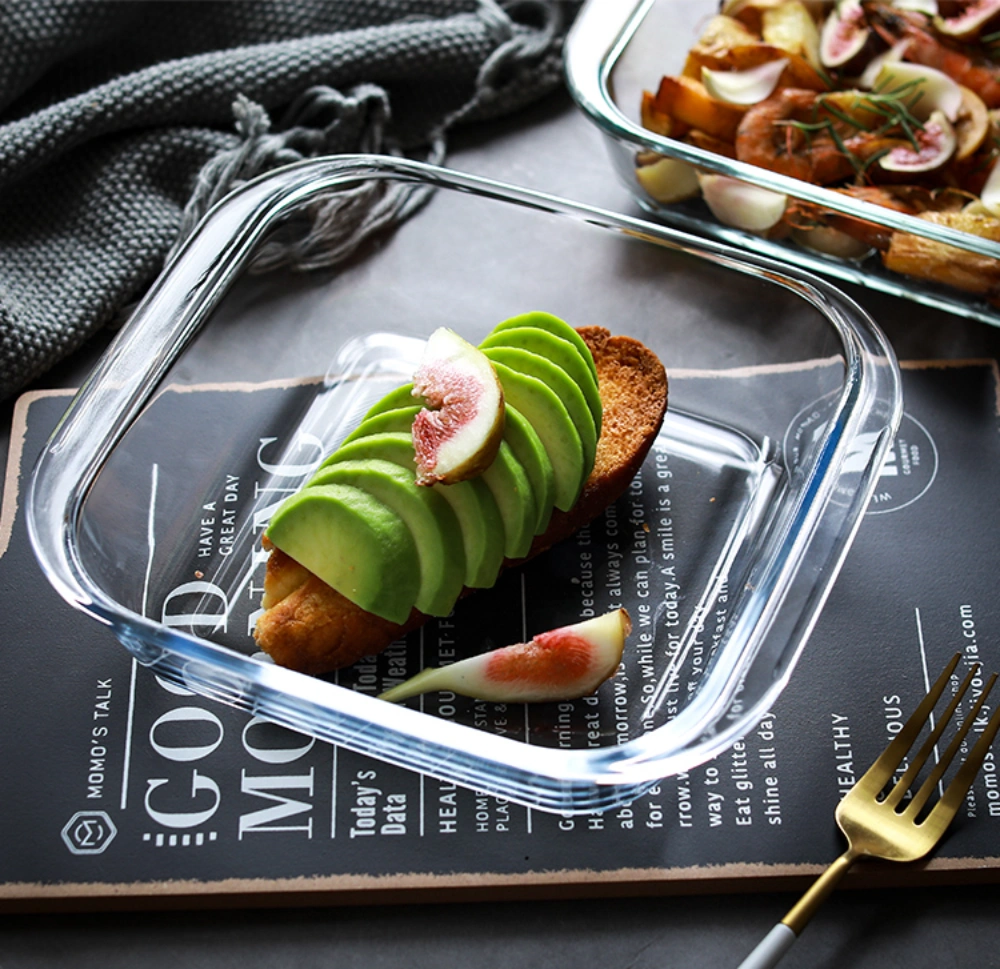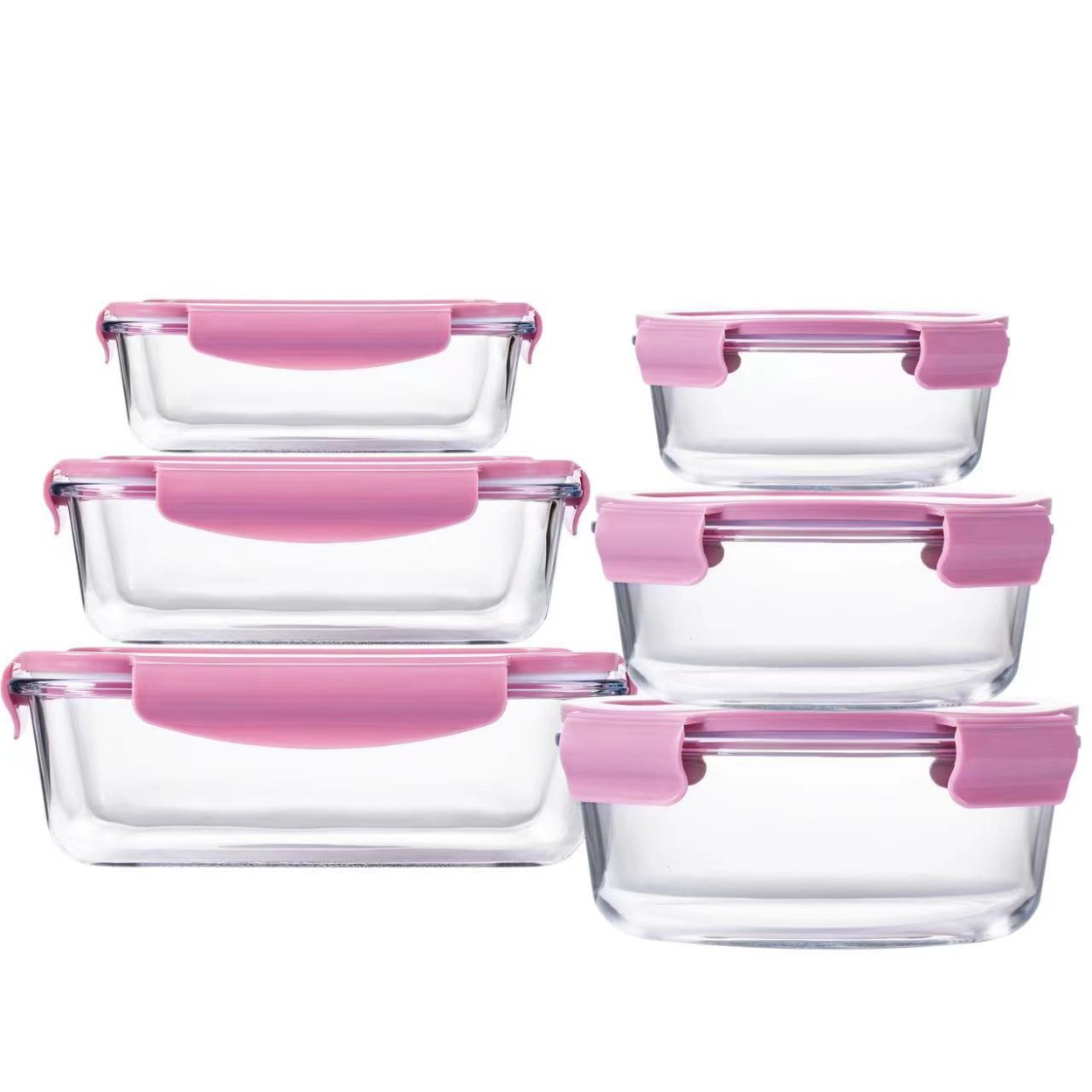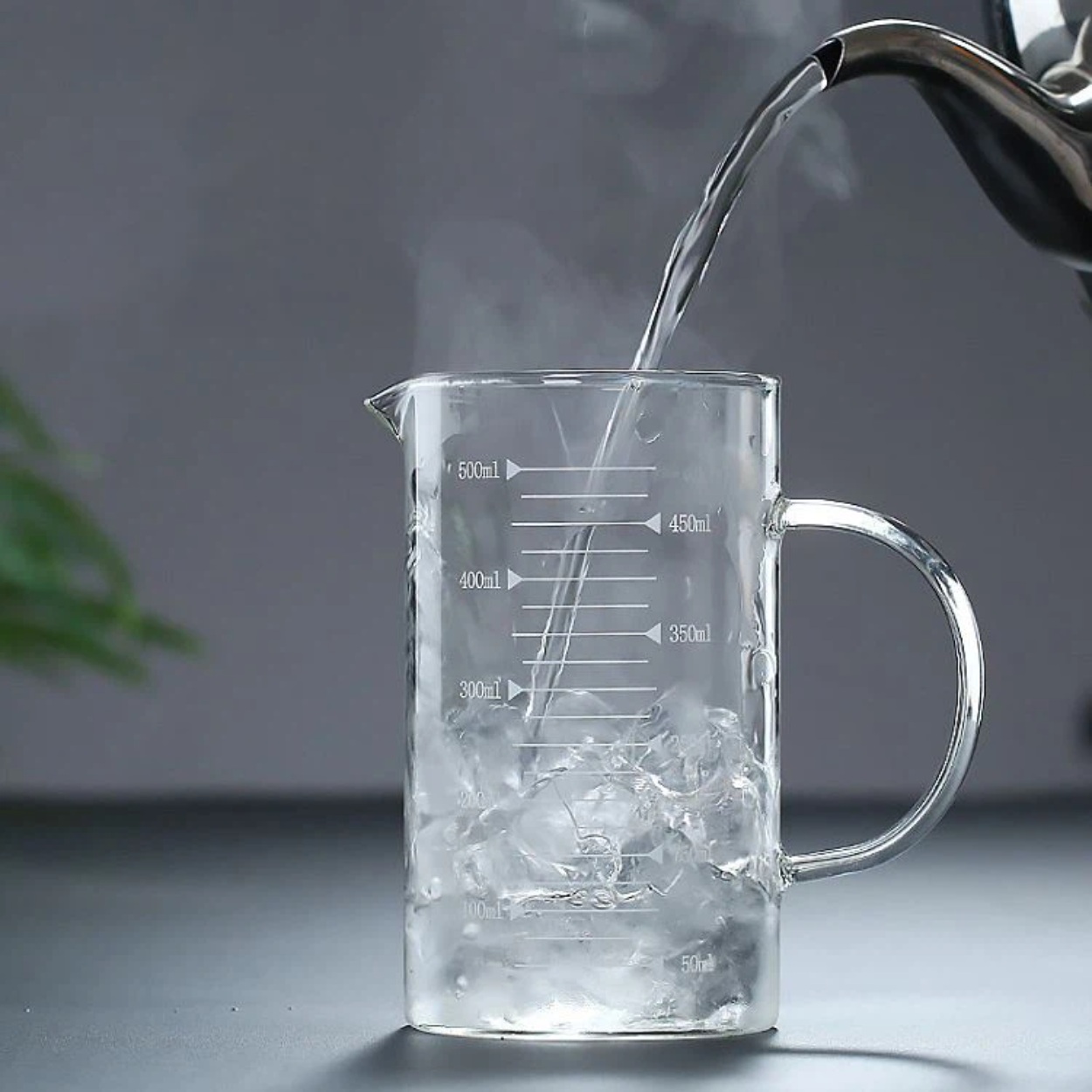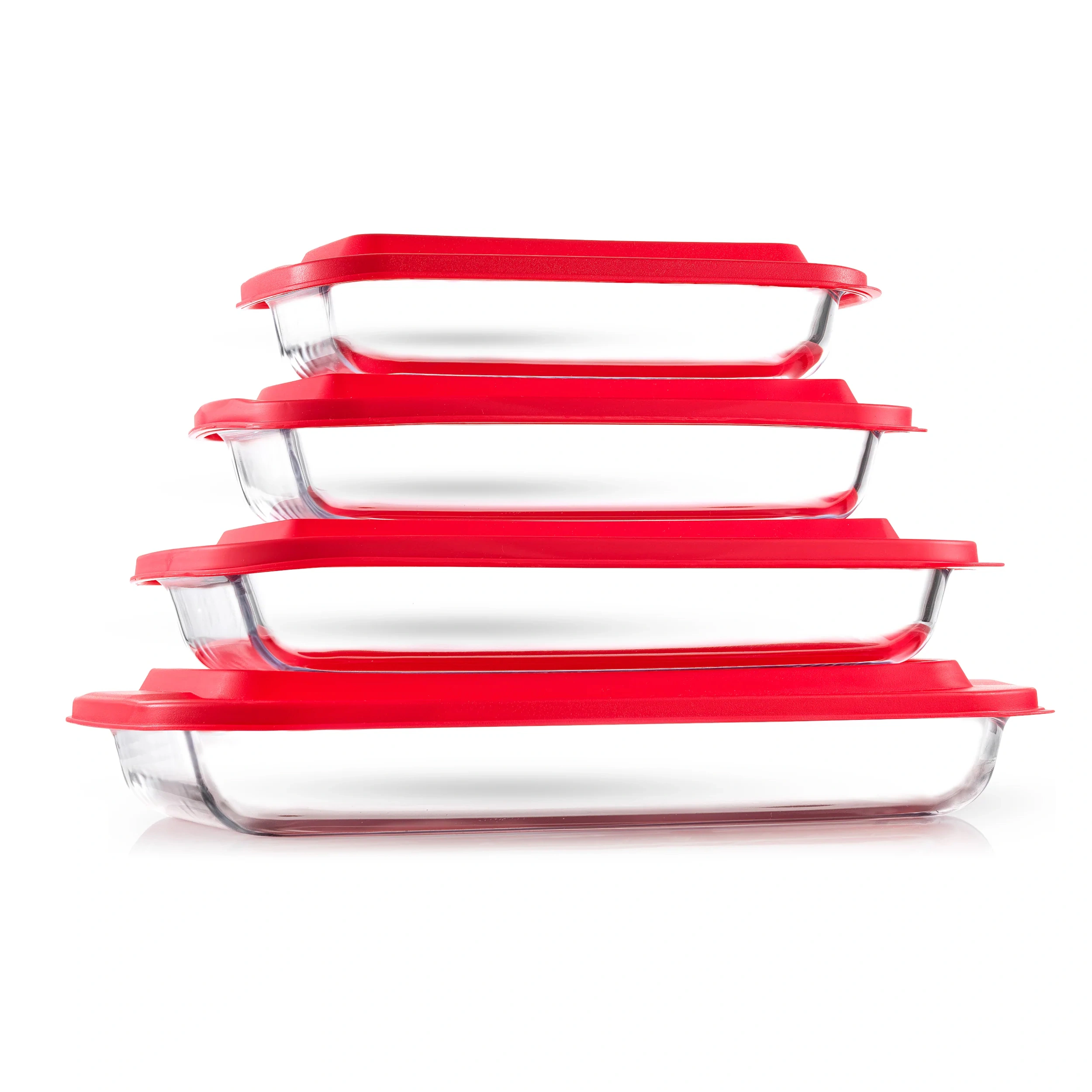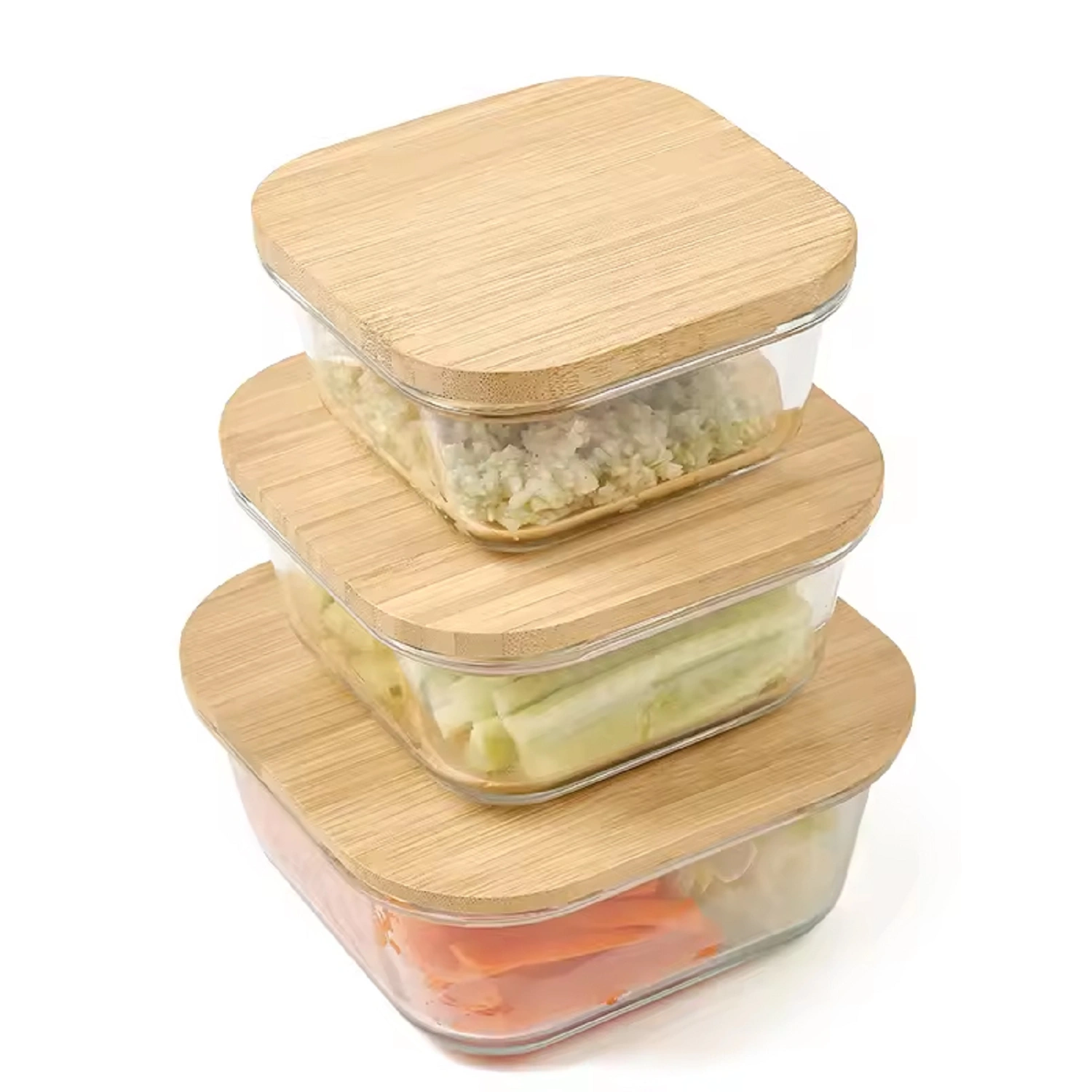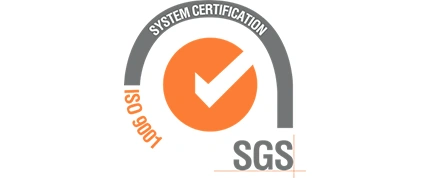Choosing Between Glass and Plastic Lunch Container
Table of Contents
In our daily lives, the choice of a food storage container can significantly impact our health, convenience, and the environment. Two of the most common materials for lunch containers are glass and plastic, each offering distinct advantages and disadvantages. This article explores their differences in durability, safety, environmental impact, insulation performance, and portability to help you make an informed decision.
Durability: Glass vs. Plastic
When it comes to durability, heat resistant glass lunch containers have a clear edge. Made from high-quality glass materials, these containers are resistant to wear and tear, maintaining their shape and appearance even with long-term use. They can endure high temperature changes, making them safe for microwave heating and dishwasher cleaning. However, their weight and fragility can be a drawback, as they may break if dropped.
On the other hand, plastic lunch containers are lighter and more portable. Constructed from food-grade plastics like PP or Tritan, they are less durable than glass but can still withstand daily wear and impact. It’s crucial to note that some plastics can release harmful substances at high temperatures, potentially affecting food safety.
Safety: Material Matters
Safety is paramount when selecting a lunch container. Glass food containers are inherently safe, as they are free from harmful chemicals such as BPA, even when heated. This makes them a healthier choice for food storage.
Conversely, the safety of plastic containers depends on their material composition. Lower-quality plastics may contain harmful substances like BPA, which can leach into food at high temperatures. To ensure safety, opt for containers labeled “BPA Free” and those made from food-grade plastic materials.
Environmental Friendliness: The Eco Factor
Glass lunch containers excel in terms of environmental friendliness. They are recyclable and have a minimal environmental footprint even when disposed of. However, their production process is energy-intensive, and their weight contributes to a higher environmental cost.
Plastic containers, while lightweight, pose challenges in recycling and disposal, leading to potential environmental pollution. Although some plastics are recyclable, the actual recycling rates are often low, posing environmental threats. Choosing sustainable materials and proper disposal methods is crucial to minimize their ecological impact.
Insulation Performance: Keeping Food Fresh
When it comes to insulation performance, plastic lunch containers generally fall short. They don’t retain heat well, causing food to cool quickly, especially in cold environments. Some plastic containers have insulation layers, but they still lag behind glass in terms of insulation efficiency.
While glass food container with locking lid do not have inherent insulation properties, their thicker material can help maintain the temperature of hot food better than plastic. Pairing them with specialized insulation bags can further enhance their temperature retention capabilities.
Portability: Balancing Convenience and Functionality
Portability is a key consideration for many people when choosing a lunch container. Plastic containers are lightweight and easy to carry, making them ideal for those on the go. They are also less likely to break if accidentally dropped, which is an advantage for active lifestyles.
Glass containers, while heavier and more fragile, offer superior durability and safety, making them suitable for those who prioritize these aspects over portability. Considering your daily routine and preferences will help determine which type is more suitable for your needs.
Conclusion: Making the Right Choice
Choosing between glass and plastic lunch containers involves balancing factors like durability, safety, environmental impact, insulation performance, and portability. For those who prioritize ultimate food safety, durability, and eco-friendliness, glass lunch containers are an excellent choice, despite being heavier. On the other hand, if portability and affordability are more important, and you ensure the plastic containers meet safety standards, plastic can also be a practical option. Carefully assess the materials, certifications, and features to make the best choice for your lifestyle and needs.
For those in need of bulk purchases, especially in wholesale glass food containers, considering Canzo borosilicate glassware factory will ensure that the choice aligns with both personal preferences and broader environmental and safety considerations.
Newest Blog
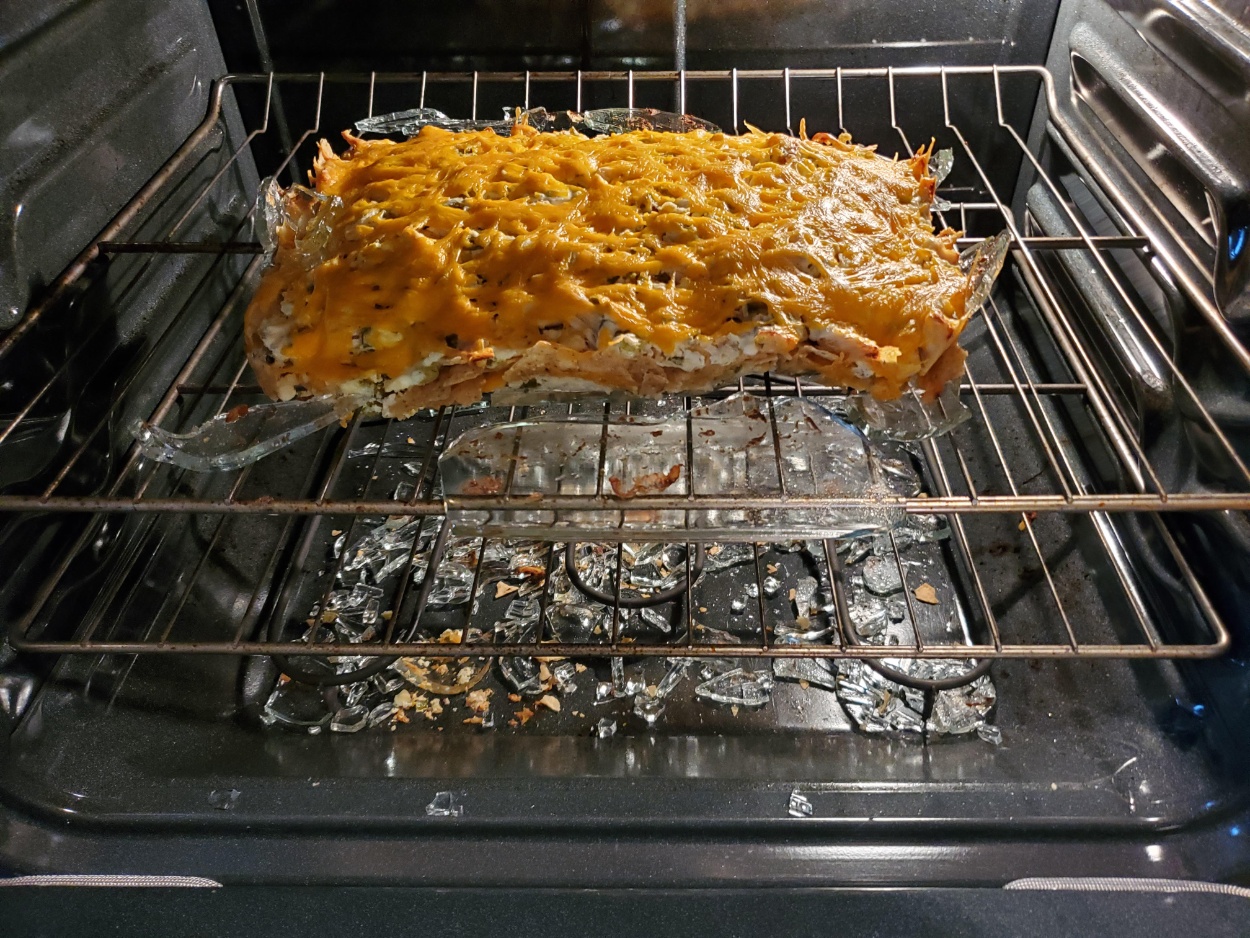
Is Glass Safe In The Oven?
Whether you’re a home cook or a business owner sourcing from a glass lunch box factory, understanding the nuances of oven-safe glass is crucial. We’ll explore the world of durable and reliable custom glass food container options, ensuring you make informed decisions.
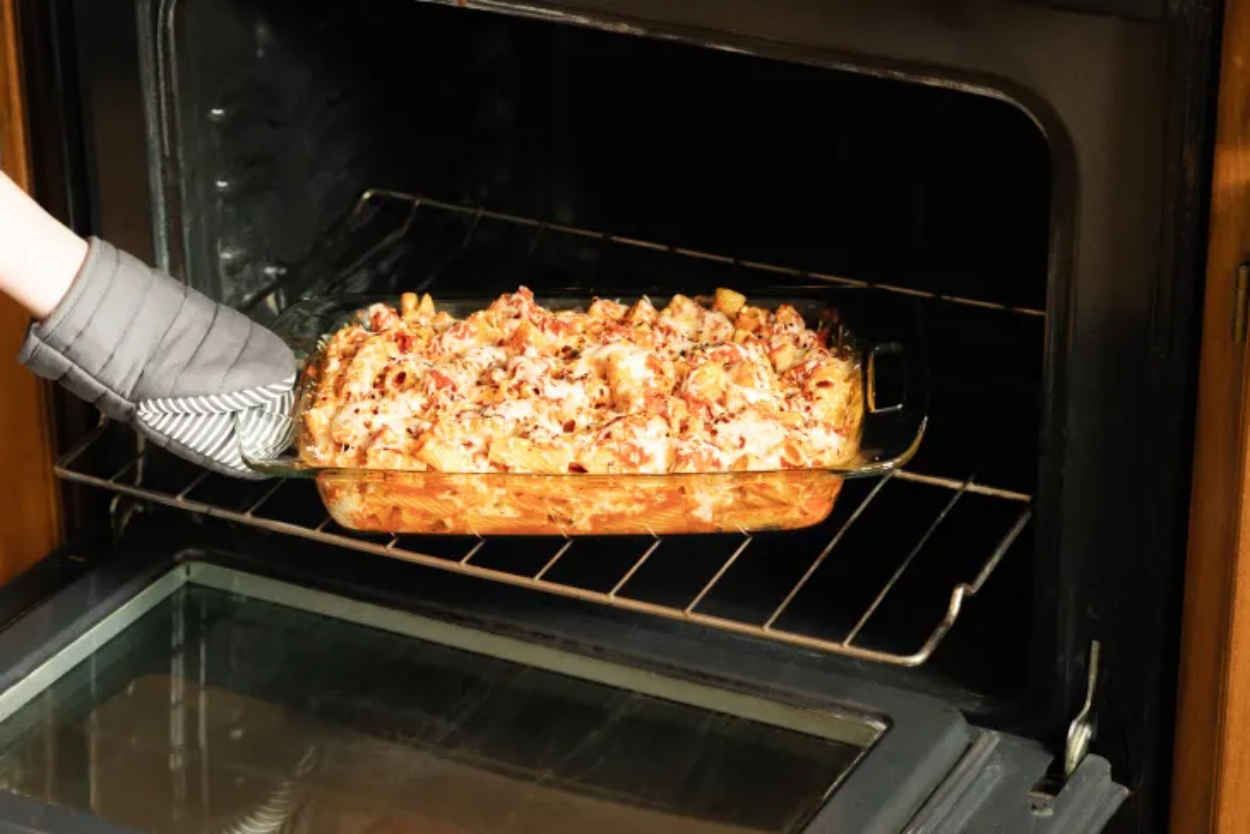
Can You Put Glass In The Oven?
We’ll explore why choosing the right type of glass, particularly from a reliable China glassware factory, is so important, especially if you’re looking for custom glass food storage containers or even a glass lunch box factory.
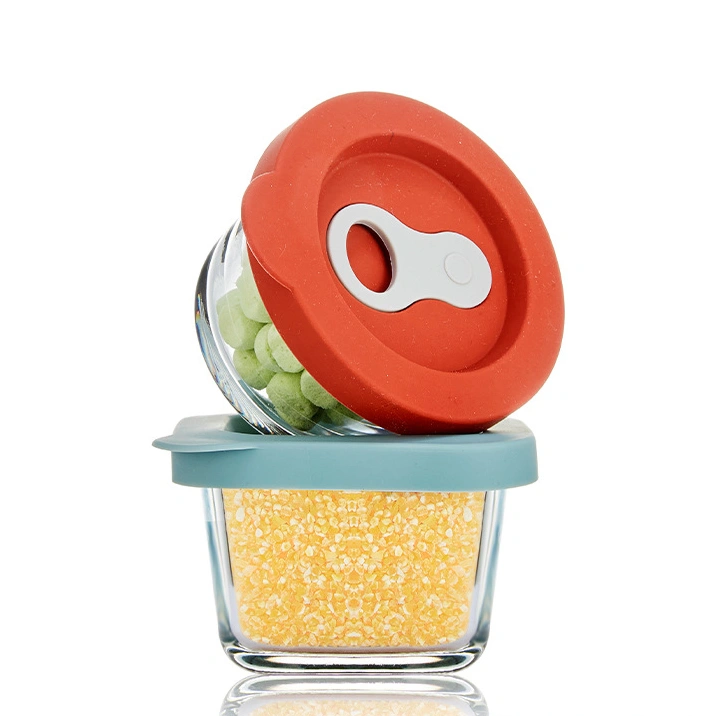
What To Do With Small Glass Containers?
From baby food meal prep, storing leftovers to organizing your craft supplies, small glass containers are super handy!

